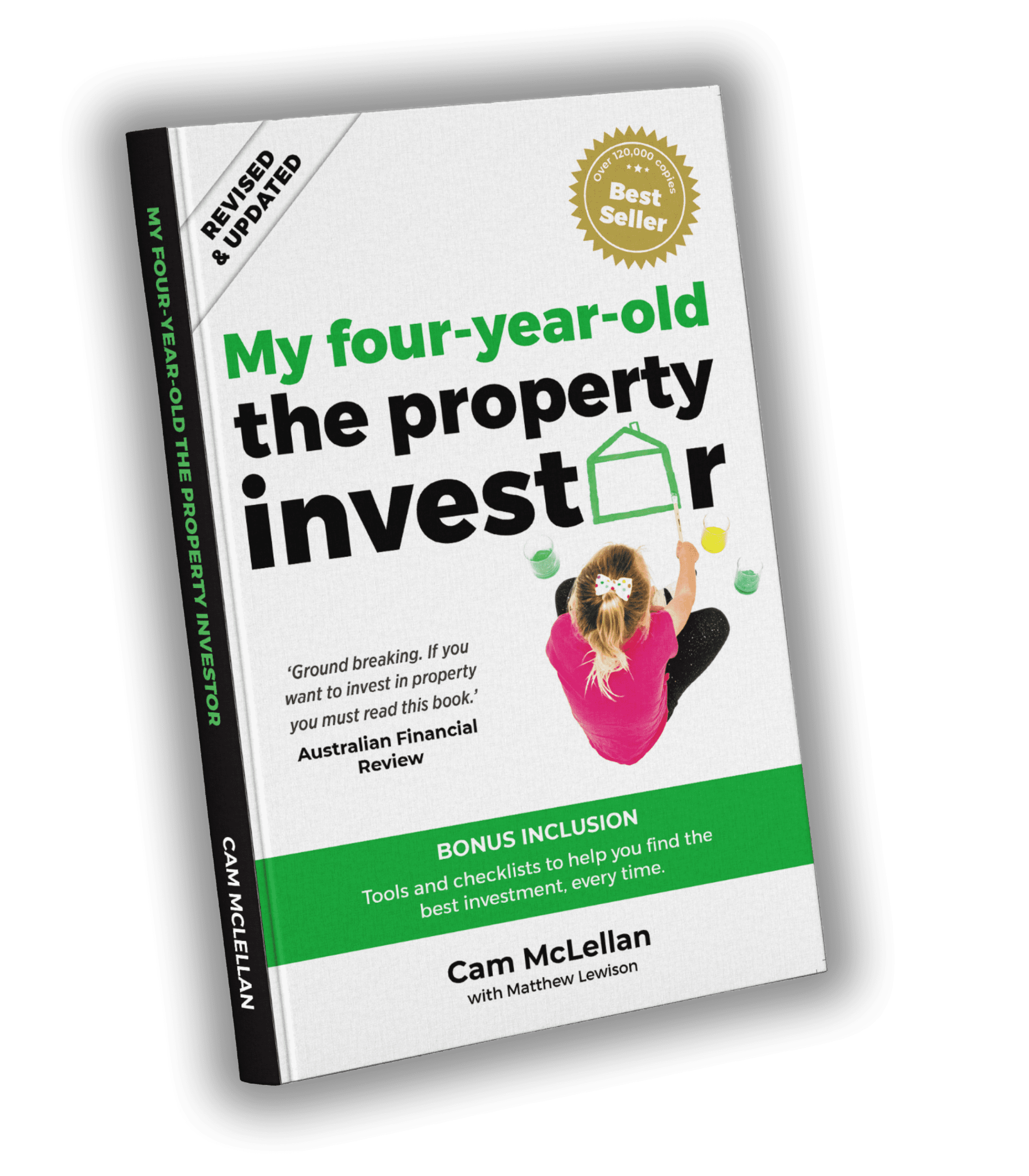The five golden rules of property investing that you must understand to create a successful investment path.
Property investment can be a powerful path to wealth, accessible to almost everyone regardless of age, social status, or employment. However, succeeding in the real estate market requires understanding the fundamental rules that govern successful property investing.
Mastering these rules is essential for any aspiring property investor. With a solid understanding of equity, leverage, capital growth, duplication, and compound growth, investors can navigate the real estate market with confidence and build a path to long-term financial success.
Rule 1: Equity is Your Friend
Equity is a crucial concept to grasp in property investing, enabling you to grow your portfolio without constantly saving up for deposits.
Equity is simply the difference between the market value of your investment property and the outstanding mortgage on it.
Why is equity important? As your equity increases the value of your investment increase. i.e., increasing more stored wealth that can be reinvested into your portfolio.
For example, if your property is worth $400,000, and the mortgage is $300,000, your equity is $100,000.
Example of the power of equity: Cam McLellan one of the founders of OpenCorp often shares the story of his first investment—a modest home that increased in value by $40,000 in the first year of ownership. What makes it even more impressive is that at that time, he was earning only $22,000 a year while working as a shelf stacker. Thanks to the equity gained from this property, he was able to use it as a deposit for his next home, an amount he could never have saved from his modest wage alone.
Rule 2: Use Other People’s Money
One of the major advantages real estate delivers as an investment vehicle is the ability to use more of “other people’s money ie “borrowed funds” to increase your personal wealth position.
What we’re talking about here is leverage.
Property lending is far more generous than borrowing money to invest in the stock market, with many banks approving loans of up to 80 percent of your asset’s value to fund real estate purchases.
Leveraging good debt allows investors to access significant returns without committing all their own capital. This powerful tool becomes even more effective when the interest on the loan is lower than the wealth and income generated by the investment. By strategically using borrowed funds to purchase property, investors can significantly boost their net worth.
Example: Let’s say you buy a $600,000 property and are able to borrow 100 per cent of the purchase price. Assume you’ve borrowed the funds at four per cent interest and over the course of a year, that property increasing in value by six per cent while also generating a rental return of seven per cent.
Under this scenario, you are paying $24,000 a year in interest, but during that period your rental income is $42,000 and your property’s value has risen $36,000. So, by owning that asset you have improved your net position by $54,000 – and it was entirely on the back of using someone else’s money.
Rule 3: Capital Growth is King (But Cashflow Matters, Too)
There are differing opinions on whether capital growth or cash flow is the key metric for investment success. While maximizing capital growth should be your primary objective, it’s essential to factor in cash flow, which refers to the rental return generated by the property.
However, focusing solely on capital growth becomes futile if the cash flow from your investment is insufficient to cover loan payments and other holding and maintenance costs.
It is important to select assets with excellent potential for capital growth over the long term, such as 10, 20, or even 30 years. To fully enjoy the benefits of such investments, it is essential to ensure that you can retain possession of the asset. If you can’t service its debts, you may be forced to sell prematurely, missing out on the potential upside.
Therefore, striking a balance between capital growth and cash flow and ensuring the ability to hold onto the asset for the long term is vital for investment success.
Rule 4: Duplication Multiplies the Returns
You can see from some of the examples above how holding just one property investment creates a wealth path.
Now imagine what those returns would look like if you controlled two, three, five or more investment properties?
Successful portfolios aren’t created by buying one or two high-priced assets and waiting for the gains. You need to diversify your holdings across multiple, price-accessible investments that offer flexibility and manageability.
As the equity in one property grows, this allows you to borrow and acquire additional properties. Then, the equity gains in those first two combine to help you get into a third a bit quicker, and so on, accelerating the growth of your portfolio.
Rule 5: Compound Growth is the Eighth Wonder of the World Compound Growth
Famously hailed as the eighth wonder of the world by Einstein, compound growth plays a pivotal role in property investing. As Einstein said “He who understands it, earns it. He who doesn’t, pays it.”
Compound growth in property investment occurs when a property’s value increases over time, creating equity. With this equity, investors can acquire more properties, leading to further growth. As the portfolio expands, the compounding effect accelerates, generating significant profits over the long term.
Example of the power of compound growth where a client brought one property which over time increased in value, and the equity gained was used to purchase additional properties.
By year two, the client had two properties, and by year three, he managed to acquire a total of four properties. With each new property, the potential for growth increased exponentially.
Fast forward six years, and the client’s portfolio has produced remarkable results, achieving over $1.15 million in profit, all thanks to the power of compound growth.
This example illustrates how compound growth works in property investment. By holding onto properties for the long term and allowing their values to appreciate, investors can experience significant growth in their portfolio’s wealth.
| Suburb & Year | Purchase Price | Current Value | Profit |
| Greenvale 2015 | $478,400 | $880,000 | $401,600 |
| Doolandella 2018 | $542,500 | $800,000 | $257,500 |
| Mernda 2020 | $553,600 | $700,000 | $146,400 |
| Thornlands 2020 | $599,900 | $800,000 | $200,100 |
| Warner 2021 | $706,000 | $855,000 | $149,000 |
| Forrestfield 2021 | $577,500 | $635,000 | $57,500 |
| Total Profit | $1,154,600 |
You know what this tells me… never sell a growth asset!
Legendary American investor, Warren Buffett, once said the best investment holding period is forever, and he was right.
We all know the two biggest regrets of the average investor are, “Why didn’t I buy sooner?” and “Why did I sell so early?”
Compounding applies not only to capital value but also to rental income, gradually building positive cash flow over time. By holding onto growth assets for the long term, investors can benefit from the multiplying effects of compound growth.
The Power of Combined Effort
These five golden rules of property investing work together to create an extraordinary investment path. Utilizing equity and borrowed funds to build a multi-property portfolio with strong capital growth and rental returns provides the key to long-term financial success.







